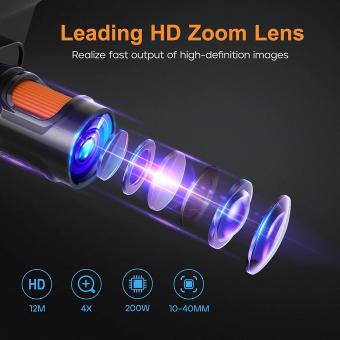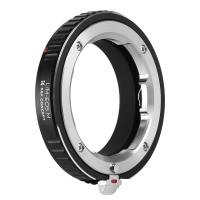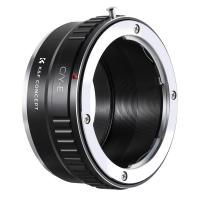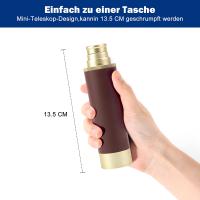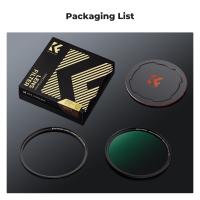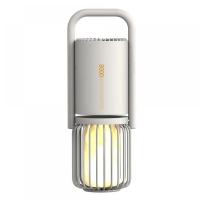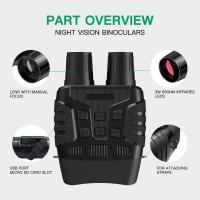How To Identify Algae Under Microscope ?
To identify algae under a microscope, you need to follow these steps:
1. Prepare a slide: Take a small sample of the algae and place it on a microscope slide. Add a drop of water to the sample to keep it moist.
2. Adjust the microscope: Start with the lowest magnification and focus the microscope on the sample. Once you have a clear image, increase the magnification to get a closer look.
3. Observe the cell structure: Look for the cell structure of the algae. Algae cells can be unicellular or multicellular, and they can have different shapes and sizes. Look for the presence of chloroplasts, which are responsible for photosynthesis.
4. Identify the species: Use a field guide or online resources to identify the species of algae you are observing. Look for specific characteristics such as cell shape, size, and color.
5. Take notes: Record your observations and any identifying characteristics of the algae. This will help you to identify it in the future.
Overall, identifying algae under a microscope requires careful observation and attention to detail. With practice, you can become proficient at identifying different species of algae.
1、 Cell morphology and structure
How to identify algae under a microscope involves observing the cell morphology and structure. Algae are diverse and can be unicellular or multicellular, with different shapes and sizes. The cell wall, chloroplasts, and other organelles are important features to observe.
To begin, prepare a slide of the algae sample and observe under low magnification to get an overview of the sample. Then, switch to higher magnification to observe the cell structure in detail. Look for the presence of a cell wall, which can be made of cellulose, silica, or other materials. The shape and size of the cell can also provide clues to the type of algae.
Next, observe the chloroplasts, which are responsible for photosynthesis. Chloroplasts can vary in shape, size, and number, and their arrangement within the cell can also be informative. Other organelles, such as the nucleus, mitochondria, and vacuoles, can also be observed to help identify the algae.
Recent advances in microscopy techniques, such as confocal microscopy and electron microscopy, have allowed for even more detailed observations of algae cell structure and morphology. These techniques can reveal the internal structure of the cell and provide insights into the function of different organelles.
In summary, identifying algae under a microscope involves observing the cell morphology and structure, including the cell wall, chloroplasts, and other organelles. Advances in microscopy techniques have expanded our understanding of algae cell structure and function.

2、 Pigment composition and distribution
How to identify algae under a microscope involves several steps, including sample preparation, observation, and identification. One of the critical factors in identifying algae is their pigment composition and distribution. Algae contain various pigments that absorb light at different wavelengths, allowing them to carry out photosynthesis efficiently. These pigments include chlorophylls, carotenoids, and phycobiliproteins.
To identify algae under a microscope, the first step is to prepare a sample by collecting a water sample and filtering it to concentrate the algae. The concentrated sample is then placed on a microscope slide and observed under a microscope. The microscope should be equipped with appropriate magnification and lighting to observe the algae's morphology and pigmentation.
The pigment composition and distribution of algae can be observed by using different microscopy techniques, such as bright-field, phase-contrast, and fluorescence microscopy. Bright-field microscopy is the most common technique used to observe algae, but it may not provide enough contrast to distinguish between different pigments. Phase-contrast microscopy enhances the contrast between different structures in the cell, making it easier to observe the pigments' distribution. Fluorescence microscopy uses fluorescent dyes that bind to specific pigments, making them visible under specific wavelengths of light.
Recent advances in microscopy techniques, such as confocal microscopy and hyperspectral imaging, have enabled more detailed observations of algae's pigment composition and distribution. Confocal microscopy uses a laser to scan the sample and create a 3D image of the cell, allowing for more precise observations of the pigments' location. Hyperspectral imaging uses a combination of microscopy and spectroscopy to identify the pigments based on their unique spectral signatures.
In conclusion, identifying algae under a microscope involves several steps, including sample preparation, observation, and identification. Pigment composition and distribution are critical factors in identifying algae, and different microscopy techniques can be used to observe them. Recent advances in microscopy techniques have enabled more detailed observations of algae's pigment composition and distribution, leading to a better understanding of their ecology and physiology.

3、 Flagella and cilia presence and arrangement
How to identify algae under a microscope? One of the key features to look for is the presence and arrangement of flagella and cilia. Flagella are long, whip-like structures that some algae use for movement, while cilia are shorter, hair-like structures that can also be used for movement or for capturing food.
To observe flagella and cilia, it is important to use a high-powered microscope and to prepare the sample properly. Algae samples can be collected from various sources such as ponds, lakes, or oceans, and then placed on a microscope slide with a drop of water. A cover slip is then placed over the sample to prevent it from drying out.
Under the microscope, the presence and arrangement of flagella and cilia can be observed by using different magnifications and lighting techniques. For example, phase contrast microscopy can be used to enhance the contrast between the algae and the surrounding water, making it easier to see the flagella and cilia.
It is important to note that the presence and arrangement of flagella and cilia can vary greatly between different types of algae. Some algae may have multiple flagella or cilia arranged in a specific pattern, while others may have none at all. Additionally, recent studies have shown that some algae may have evolved unique mechanisms for movement that do not involve flagella or cilia.
In summary, identifying algae under a microscope requires careful observation of various features, including the presence and arrangement of flagella and cilia. However, it is important to keep in mind that algae can be highly diverse and may exhibit unique characteristics that require further investigation.
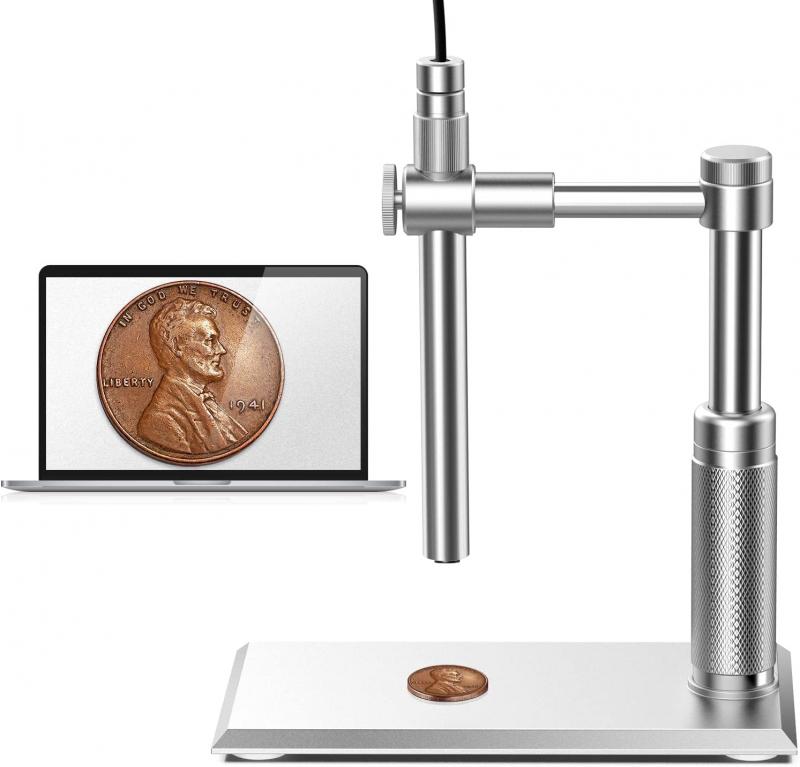
4、 Cell wall composition and thickness
How to identify algae under a microscope involves several steps, including sample preparation, observation, and identification. One of the critical factors in identifying algae is the cell wall composition and thickness. The cell wall of algae is composed of various materials, including cellulose, silica, and calcium carbonate. The thickness of the cell wall varies depending on the species of algae.
To identify algae under a microscope, the first step is to prepare a sample by collecting a small amount of water or algae from a pond or other water source. The sample is then placed on a microscope slide and covered with a cover slip. The slide is then observed under a microscope, and the characteristics of the algae are noted.
The cell wall composition and thickness can be observed by using different staining techniques. For example, iodine staining can be used to identify the presence of starch in the cell wall, while acid-fast staining can be used to identify the presence of lipids.
Recent studies have shown that the cell wall composition and thickness can also be used to identify the evolutionary relationships between different species of algae. For example, the cell wall of red algae is composed of a unique polysaccharide called agar, which is not found in other types of algae. This suggests that red algae are evolutionarily distinct from other types of algae.
In conclusion, identifying algae under a microscope involves several steps, including sample preparation, observation, and identification. The cell wall composition and thickness are critical factors in identifying algae and can also provide insights into the evolutionary relationships between different species of algae.















